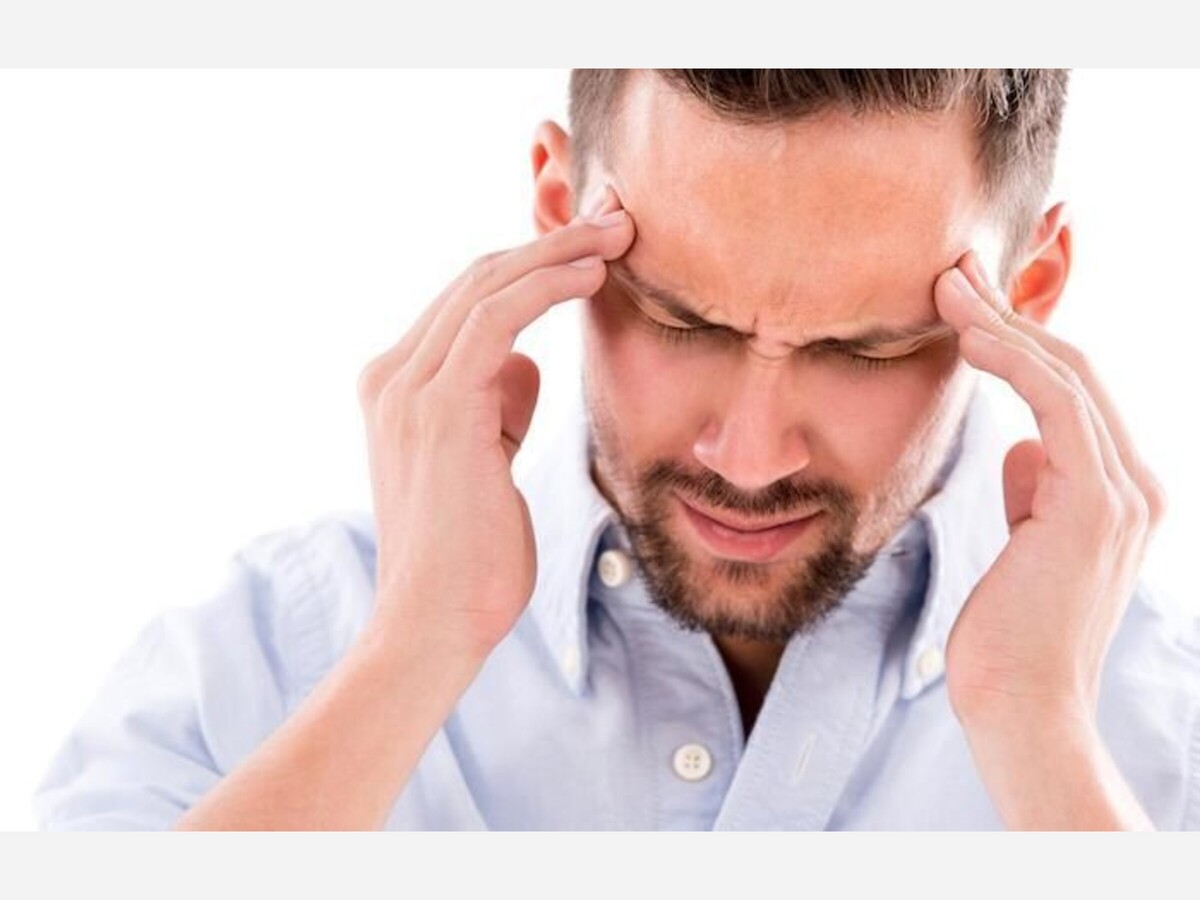Image

Can We Predict When a Migraine Attack Will Occur?
by American Academy of Neurology (AAN)
Migraine is often underdiagnosed and untreated, and even when it is treated, it can be difficult to treat early enough as well as find strategies to prevent attacks. A new study looks at ways to more accurately predict when a migraine will occur—through the use of mobile apps to track sleep, energy, emotions and stress—to enhance the ability to prevent attacks. The study is published in the January 24, 2024, online issue of Neurology®, the medical journal of the American Academy of Neurology.
The study found that poor perceived sleep quality as well as a lower than usual quality of sleep on the prior night were both associated with an increased risk of having a migraine the next morning. A lower than usual energy level the prior day was also associated with headache the next morning. Those factors did not lead to an increased risk of migraine in the afternoon or evening. The only predictors of an afternoon or evening headache were increased stress levels or having higher-than-average energy the day before.
“These different patterns of predictors of morning and later-day headaches highlight the role of the circadian rhythms in headache,” said study author Kathleen R. Merikangas, PhD, of the National Institute of Mental Health, part of the National Institutes of Health in Bethesda, Maryland. “The findings may give us insight into the processes underlying migraine and help us improve treatment and prevention.”
The study involved 477 people ages 7 through 84, including 291 female participants. Through a mobile app, participants were asked to rate their mood, energy, stress, and headaches four times a day for two weeks. They also rated their sleep quality once a day and wore sleep and physical activity monitors. Nearly half of the participants had a history of migraine and 59% had at least one morning headache attack during the study.
People with poorer perceived sleep quality on average had a 22% increased chance of a headache attack the next morning. A decrease in the self-reported usual quality of sleep was also associated with an 18% increased chance of a headache attack the next morning. Likewise, a decrease in the usual level of energy on the prior day was associated with a 16% greater chance of headache the next morning. In contrast, greater average levels of stress and substantially higher energy than usual the day before was associated with a 17% increased chance of headache on the following afternoon or evening. After considering sleep, energy and stress, neither anxious nor depressed mood were associated with headache attacks.
“Surprisingly, we found no link between a person’s anxiety and depression symptoms—either having more symptoms or having higher-than-average levels of symptoms—and their likelihood of having a migraine attack the next day,” Merikangas said. “Perhaps most interesting, headaches were associated with self-rated sleep quality rather than actual measures of sleep patterns. This highlights the importance of perceived physical and emotional states in the underlying causes of migraine.”
“Our study demonstrates the importance of monitoring sleep changes as a predictor of headache attacks,” said study author Tarannum M. Lateef, MD, of the Children’s National Health System in Washington, D.C. “The use of apps that track sleep and other health, behavioral and emotional states in real time can provide valuable information that can help us to manage migraine.”
A limitation of the study is that participants were tracked over a short period of time.
The study was supported by the National Institute of Mental Health of the National Institutes of Health under grant numbers 1ZIAMH002804 and 1ZIAMH002954. The content of the study is solely the responsibility of the authors and does not necessarily represent the official views of the National Institutes of Health.
Learn more about migraine at BrainandLife.org, home of the American Academy of Neurology’s free patient and caregiver magazine focused on the intersection of neurologic disease and brain health. Follow Brain & Life® on Facebook, X and Instagram.
When posting to social media channels about this research, we encourage you to use the hashtags #Neurology and #AANscience.
The American Academy of Neurology is the world’s largest association of neurologists and neuroscience professionals, with over 40,000 members. The AAN is dedicated to promoting the highest quality patient-centered neurologic care. A neurologist is a doctor with specialized training in diagnosing, treating and managing disorders of the brain and nervous system such as Alzheimer’s disease, stroke, migraine, multiple sclerosis, concussion, Parkinson’s disease and epilepsy.
For more information about the American